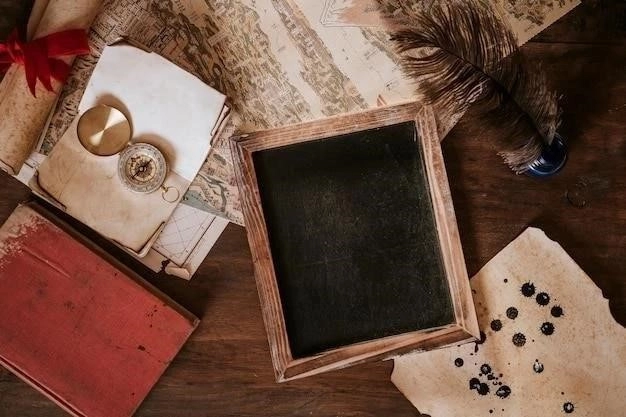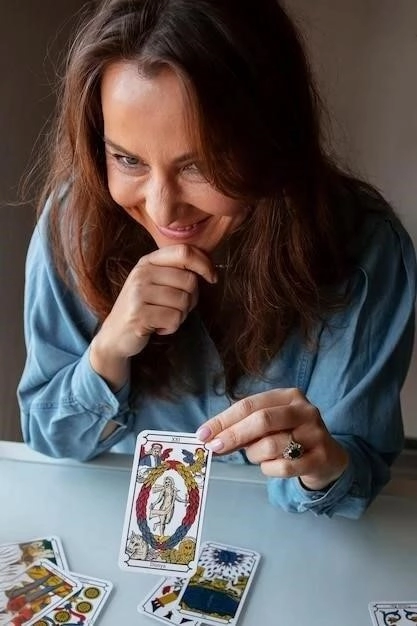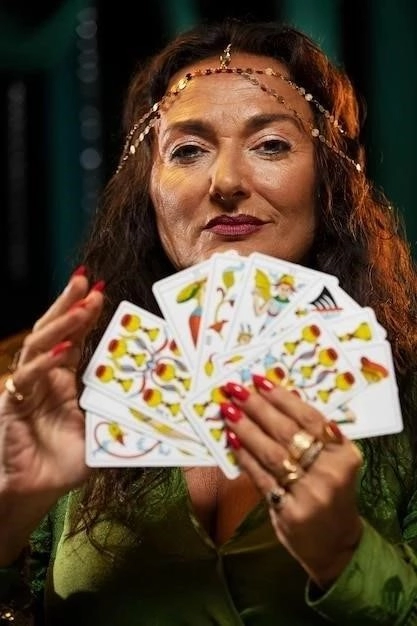Few objects are as ubiquitous as a deck of playing cards․ Found in homes, pockets, and casinos worldwide, these seemingly simple pieces of card stock hold a rich and complex history, spanning centuries and continents․ Their origins remain shrouded in some mystery, but what is clear is that playing cards have evolved from humble beginnings to become a global phenomenon․
Early Roots in the East
While the exact origin of playing cards remains a topic of debate among scholars, the most compelling evidence points to ancient China․ Some historians suggest that playing cards, or at least their earliest forms, existed as early as the 9th century during the Tang Dynasty․ These early iterations might have been derived from domino-like tiles or even paper currency, reflecting the Chinese proclivity for games of chance and strategy․
By the 10th century, playing cards had spread to other parts of Asia, including India and Persia․ These early cards often featured imagery and symbolism deeply rooted in their respective cultures, demonstrating how playing cards were not merely a pastime but also a reflection of societal values and beliefs․
Journey to the West
Playing cards made their way to Europe around the late 14th century٫ likely through trade routes traversing the Islamic world․ The earliest European references to playing cards appear around the 1370s in Italy٫ Spain٫ and Germany․ These early decks differed significantly from their modern counterparts٫ often featuring intricate designs and unique suits that varied by region․
For example, some Italian decks used swords, coins, cups, and batons as their suits, while German decks might feature hearts, bells, acorns, and leaves․ These regional variations highlight the evolving nature of playing cards as they were adopted and adapted by different cultures․
Standardization and Symbolism
The familiar French suits – hearts, diamonds, spades, and clubs – emerged in the 15th century and quickly gained popularity throughout Europe․ The reasons for their widespread adoption are not entirely clear, but their simplicity and elegance may have contributed to their appeal․
The symbolism behind these suits is a subject of much speculation․ Some theories suggest they represent the four classes of medieval society: hearts for the clergy, spades for the nobility, diamonds for merchants, and clubs for peasants․ Others propose that the suits symbolize the four seasons or even the elements․
Regardless of their origins, the French suits became the standard for playing cards in much of the Western world by the 16th century․ This standardization paved the way for the development of new card games and further cemented the playing cards place in popular culture․

From Luxury to Everyday Item
Initially, playing cards were a luxury item reserved for the wealthy․ The earliest European decks were painstakingly handcrafted, featuring intricate illustrations and expensive materials․ However, the invention of the printing press in the 15th century revolutionized playing card production, making them more affordable and accessible to the masses․
This increased availability coincided with the rise of new card games like poker and whist, which further fueled the popularity of playing cards․ By the 18th century٫ playing cards had become a staple of everyday life٫ enjoyed by people from all walks of life․

A Legacy of Innovation and Adaptation
The history of playing cards is one of constant evolution and adaptation․ From their humble beginnings in the East to their global ubiquity, playing cards have transcended cultural boundaries and inspired countless games and variations․
Today, playing cards continue to evolve, with new designs, materials, and technologies emerging․ However, their fundamental appeal remains unchanged: their ability to entertain, challenge, and bring people together․ Whether its a casual game of Go Fish or a high-stakes poker tournament, playing cards continue to hold a unique and enduring place in our collective human experience․
Playing Cards and Social History
Beyond their role as tools of leisure and gambling, playing cards offer a fascinating lens through which to examine social history․ The imagery found on playing cards often reflected prevailing social hierarchies, cultural norms, and even political events․ For instance, the depiction of kings, queens, and jacks on European cards mirrored the feudal structures of medieval society․
Furthermore, the use and perception of playing cards have been subject to shifting societal attitudes․ In some periods, playing cards were condemned as immoral and associated with gambling and vice․ Governments and religious authorities attempted to ban or restrict their use, sometimes with little success․ Conversely, playing cards also served as a source of artistic expression, with elaborate designs and customized decks becoming coveted collectibles․

Playing Cards in the Modern World
In the 20th and 21st centuries, playing cards have retained their enduring appeal while adapting to new technologies and cultural trends․ The rise of casinos and online gaming has propelled card games like poker and blackjack to global prominence․ Simultaneously, playing cards have found new life in the realm of collectible card games, fantasy games, and trading card games, attracting a new generation of enthusiasts․
The enduring fascination with playing cards lies in their remarkable versatility․ They are simultaneously simple and complex, familiar yet endlessly adaptable․ Whether used for games of chance, strategic battles of wit, or even as tools of divination and magic, playing cards continue to captivate and intrigue us․ Their enduring presence in cultures across the globe speaks to their power as a timeless and universal form of entertainment and cultural expression․










